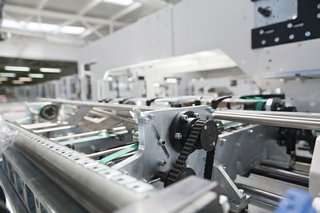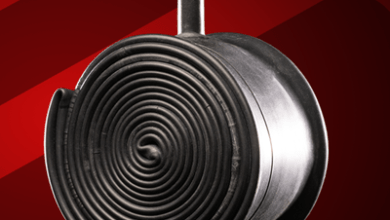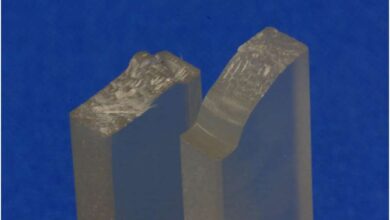VDMA: Plastics and rubber machinery manufacturers see a faster-than-expected 2 per cent rise in sales in 2016

German plastics and rubber machinery manufacturers expect sales to increase by 2 per cent in real terms in the current year with a further 2 per cent rise anticipated for 2017.
“Back in October 2015 the Association’s forecast pointed to sales in 2016 remaining broadly unchanged from the very promising level seen in 2015,” explained Ulrich Reifenhäuser, the Chairman of the VDMA Association. In 2015 output was up by 4.7 per cent and exports were 1.6 per cent higher. “But business then picked up markedly, prompting the positive forecast for 2016,” Ulrich Reifenhäuser went on to say.
Sales markets in Western Europe and North America underpin foreign business
“Business with EU customers continues to develop well, as it did last year, and North America is gaining momentum again. Germany’s top quality machinery and ability to find solutions are in particularly great demand on these markets,” commented Thorsten Kühmann, the Association’s Managing Director. “India has bottomed out and there are also positive signs in all the countries of South East Asia,” added Thorsten Kühmann. “The US tops the sales market rankings, followed by China, Poland and Mexico. Deliveries to Russia were down by a further 15 per cent, but this year may mark the low point.” In the light of this, it is anticipated that sales to customers abroad will probably grow by 1 per cent both this year and next.
Germany still world leader in exports
German plastics and rubber machinery exports went to 162 countries around the world in 2015. Although export volumes were slightly ahead of the previous year’s level (4.7 billion euro), Germany’s share of the rapidly growing world trade in plastics and rubber machinery declined to 22.2 per cent. “China is catching up and the gap is narrowing: Chinese suppliers now account for 15.0 per cent of world exports,” said Ulrich Reifenhäuser.
German demand for foreign machinery stagnating
2015 saw German domestic market growth outstripping that of exports. Unlike the previous year, foreign competitors did not gain from that. After appreciable growth in 2014, imports into Germany remained stuck at the previous year’s level (1.1 billion euro). Austria and Switzerland continue to be the main suppliers, but both saw deliveries decline. However, following on behind them, the US and China sold more machines to German converters than in the previous year.






